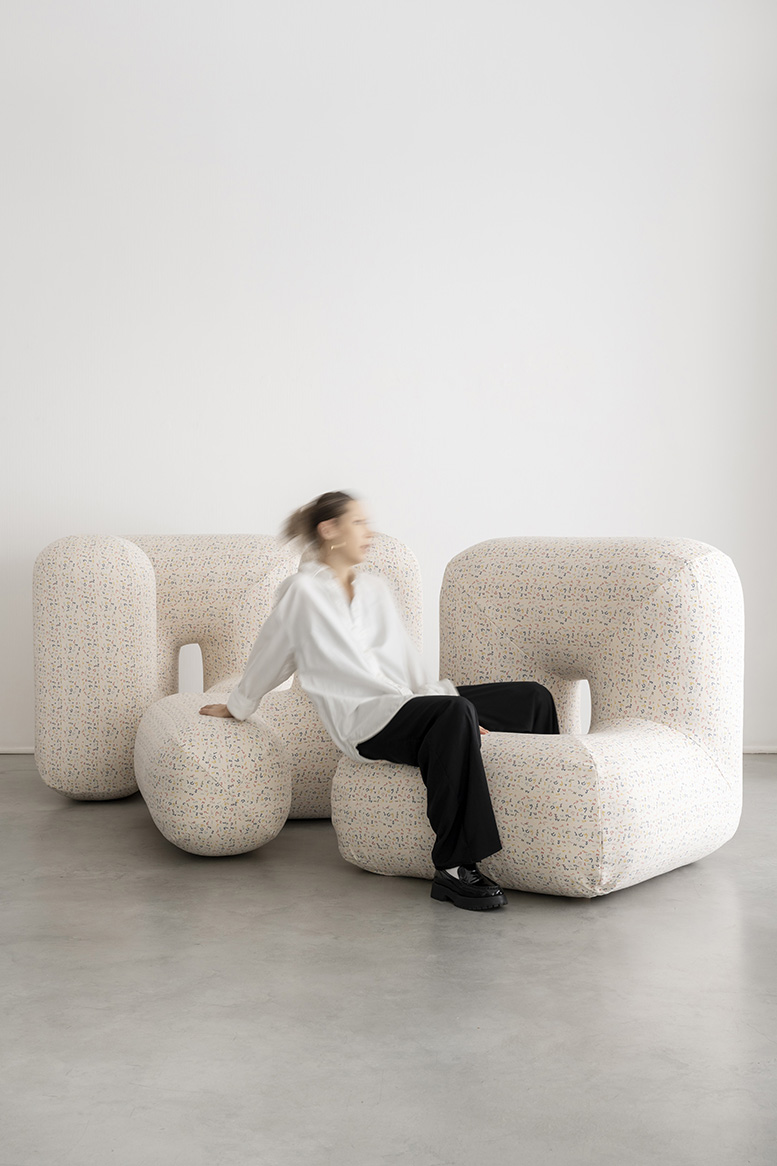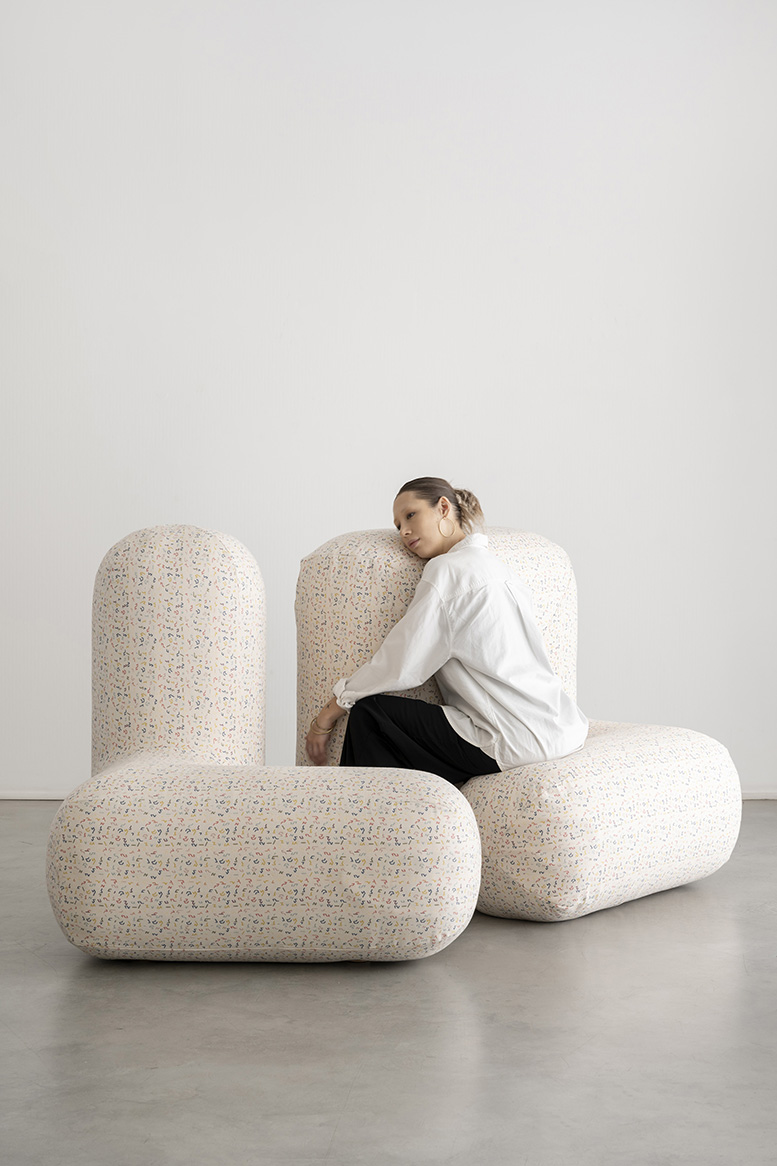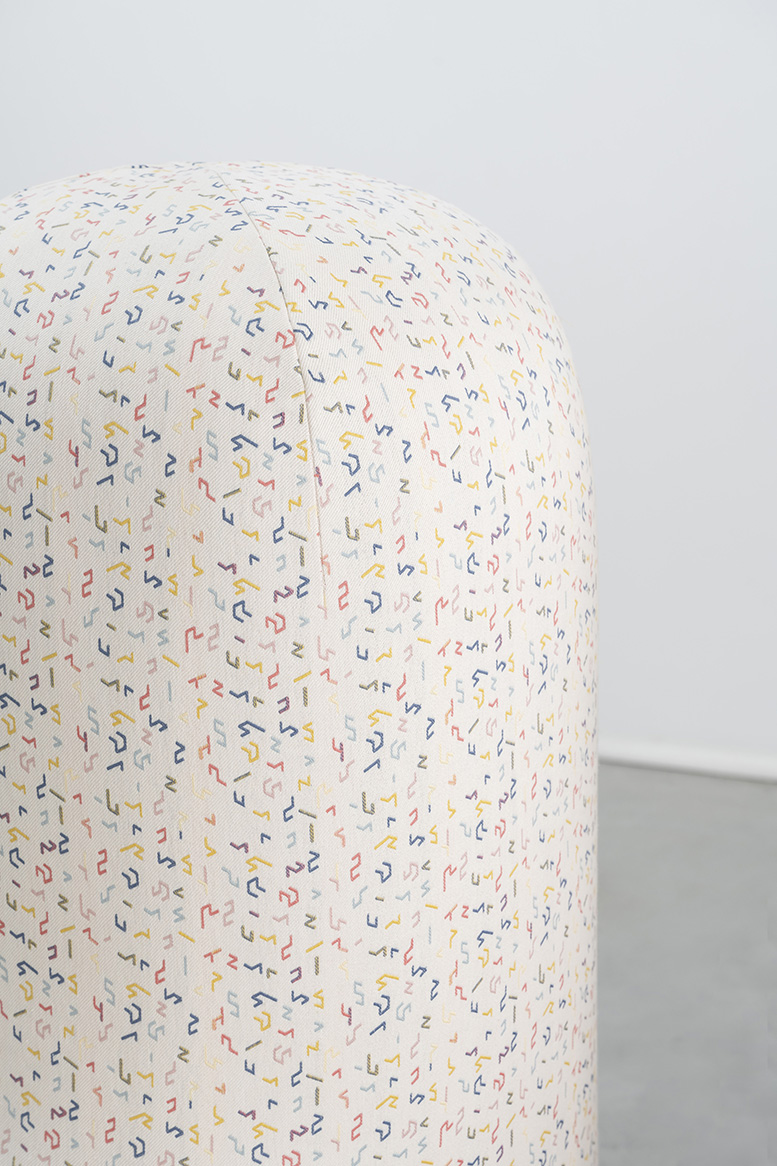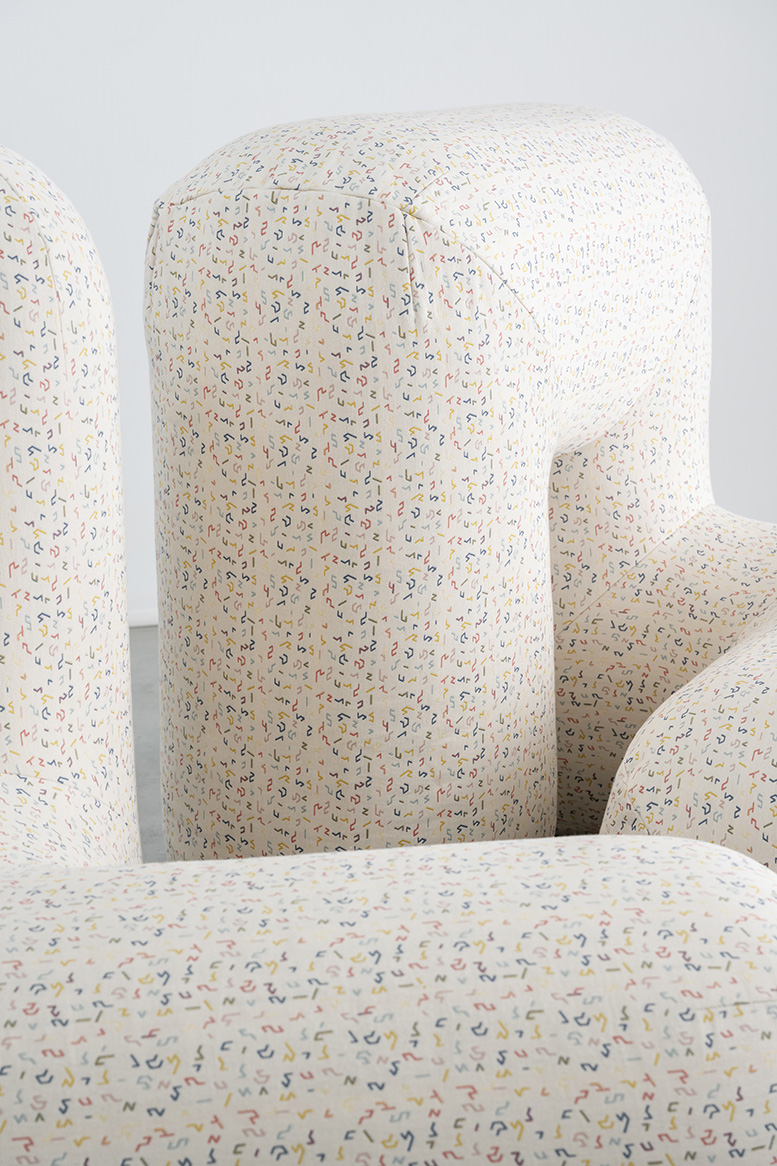Incomplete Copy






 >
>Incomplete Open Cubes is a series of works by Sol LeWitt. Starting in 1974, the series consists of different expressions of 122 variations of an incomplete open cube, from drawings to sculptures in changing configurations. It’s essentially a catalogue of all possibilities within a parameter, i.e. incomplete and open cubes. Despite the conceptual nature of it, the work is aesthetically pleasing and have a visual appeal
beyond that of a vehicle for an idea, which is probably why it lingers on in our collective consciousness more as an image and less as a representation of an idea.
It’s one of those things that encapsulated a radical idea of the time and influenced numerous works and ideas succeeding it. But in the process, the original idea seemed to have lost its edge and became something more approachable, relatable and domestic. A concept first presented in its purest and
simplest form has morphed into a fuzzy visual cue reappropriated as a cultural sticker used to make something look the part. We are interested in this type of change that happens to a significant and historical work. We see this process play out in many instances where the remnant of influence is so superficial and simplified, it actually helps to carry the idea to a wider audience.
Incomplete Copy proposes this possibility in a literal and direct fashion by upholstering several variations of
Incomplete Open Cubes. It’s meant to be presented as a set of at least two. Upholstery, the homiest of all furnishing methods, covers one of the most strict work of Conceptual Art, elevating (or downgrading?) it to a set of semi-functional object by literally growing its form from the hard geometric shapes to soft volumes. The original geometric shape (or idea) exists within but is only visible over the new cover if we have knowledge of it. The cover doesn’t necessarily expand the original idea but instead expand the function by physically blowing up the
object. The increased volume creates the function which creates familiarity therefore approachability, at least in theory, which feel like a nice interpretation of how images are passed down and spread
organically until it reaches its maximum potential.
Commissioned by Gallery FUMI
Photography by Penguin Egg Studio